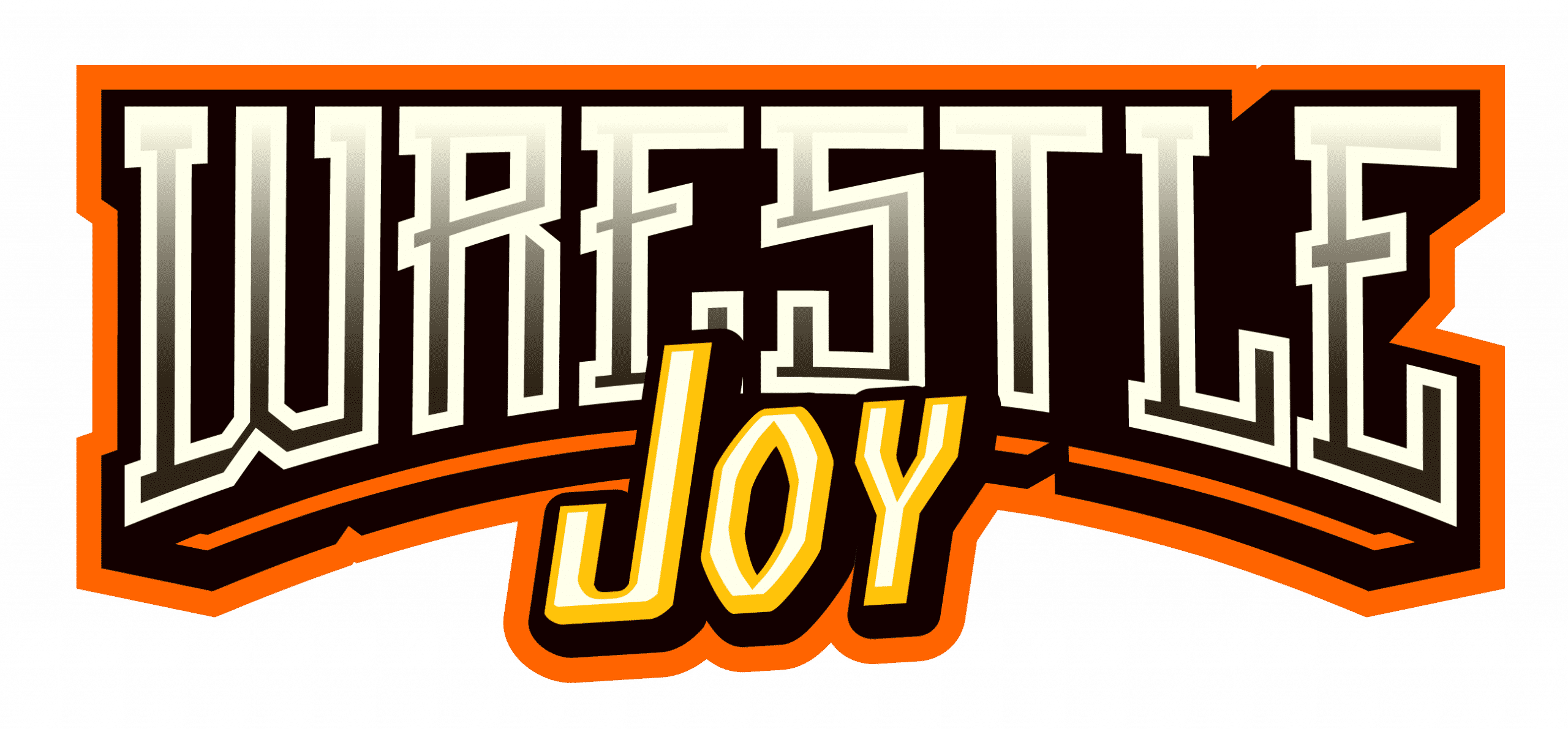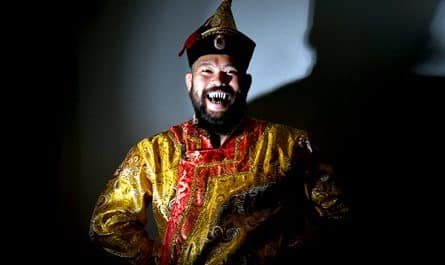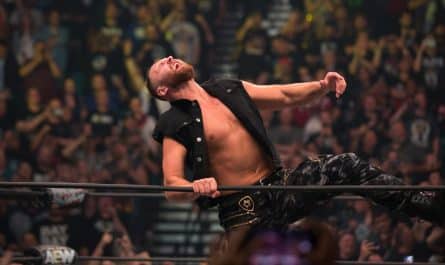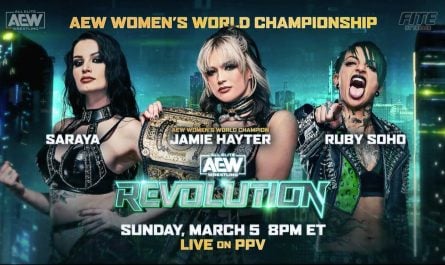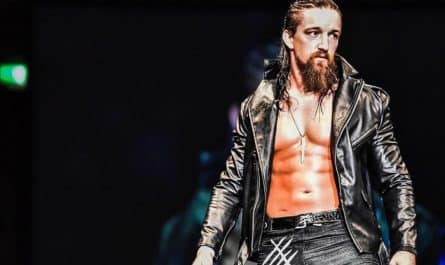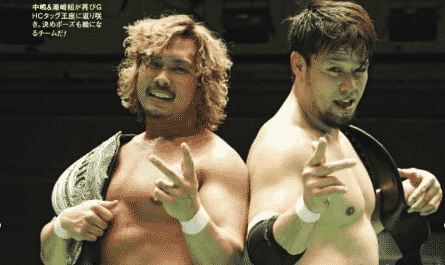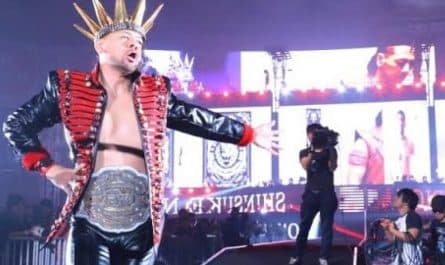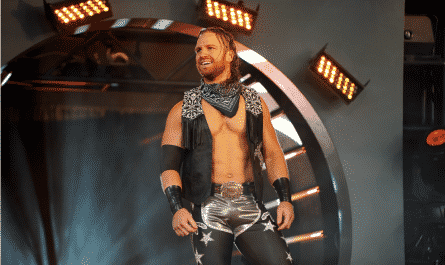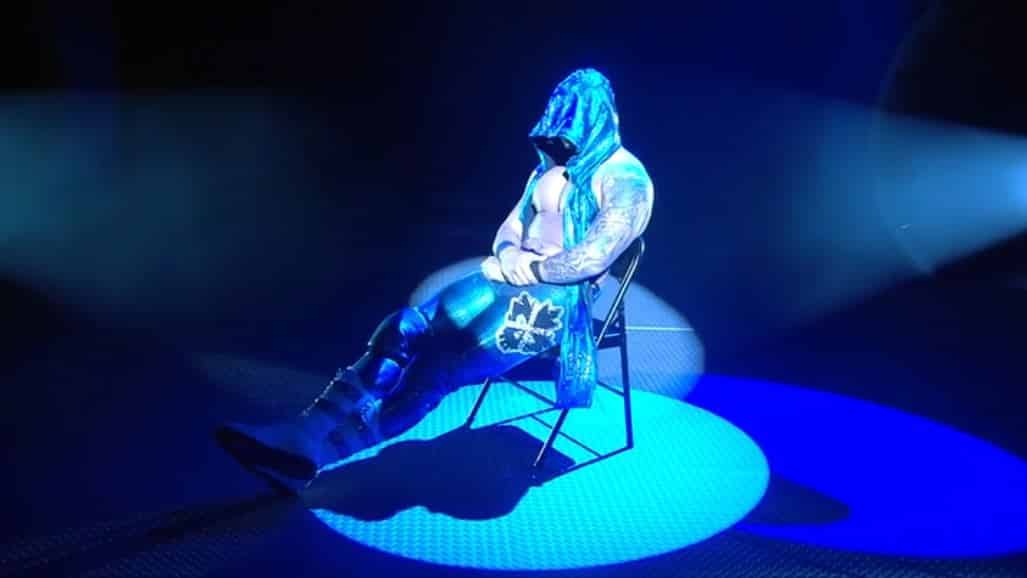Roman Reigns- Undisputed WWE Champion
In the previous two articles, we examined whether Matt Cardona, the current NWA World’s Heavyweight Champion, and IMPACT Wrestling World Champion, Moose, could claim to be pro wrestling’s actual lineal World Champion. Cardona carries the physical NWA belt, while Moose has a championship with a similar but fractured lineage. Both men offer solid claims, but the current NWA title as it exists began in 1994 after Shane Douglas’s famed rejection. In the early 2000s, that title became more than an independent championship when it was the centerpiece of TNA, thanks to their previous working agreements with New Japan Pro Wrestling. However, TNA’s split from the NWA and its own decision from prominence hurts that title’s claims. This leaves only one possible contender: the WWE Championship. When examining the title’s origins, it’s not as crazy as it sounds.
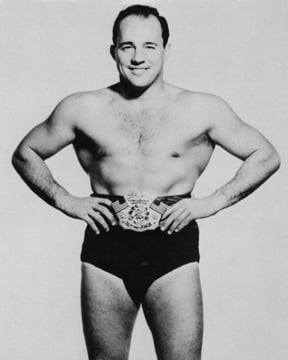
In the first article, we talked about how Verne Gange became one of pro wrestling’s top draws thanks to his exposure on the DuMont Network’s Wrestling From The Marigold. While Chicago promoter Fred Kohler pushed for Gagne’s ascension to the title, the rest of the NWA feared that giving the territory with the greatest visibility the championship would create loyalty issues. Seeing what would happen in 1985 when Ted Turner put Mid-Atlantic Wrestling on the famed 6:05 Saturday Night show, they weren’t wrong. When Kohler went out of business, Gagne opened the American Wrestling Association and crowned himself the first champion.
Gagne wasn’t the only promoter who grew weary of the NWA and their traveling champion. At the same time, Vincent J. McMahon (father of the current WWE impresario Vincent K. McMahon) saw how strong the current champion was drawing in his territory. In 1961, Buddy Rogers, the original Nature Boy, defeated Pat O’Connor, in Chicago of all places, to win the NWA World title. Brash, athletic, and flying around the ring with reckless abandon, Rogers was much more of a showman than former mainstay champion Lou Thesz, but not as much of a gimmick as Gorgeous George.
Rogers was somewhere in between and drew big box office numbers, particularly in the Northeast. Rogers’s championship reign was full of bizarre circumstances. In November of ‘61, Killer Kowalski defeated Rogers by injury in Montreal. Only a handful of promoters recognized the switch, which unofficially ended when Rogers won a rematch at Madison Square Garden. Later in Newark, NJ, a similar situation happened when Bobo Brazil was awarded the title after Rogers faked a groin injury but refused to accept the belt. The NWA didn’t recognize the switch (clearly an angle). However, McMahon and the promoters in the area grew tired of NWA President Sam Mushnick and the rest of the Alliance promoters telling them who could be champion.
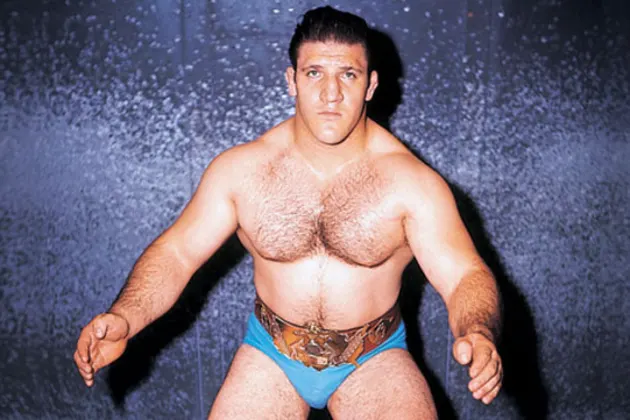
In August of 1962, Promoter Frank Tunney of Maple Leaf Wrestling in Toronto ran a similar angle with Rogers. Toronto’s top star had drawn big houses north of the border and was ready to make a massive comeback in the states. His name was Bruno Sammartino. After being blackballed by US promoters a year earlier, the soft-spoken Italian built his reputation in Toronto, which drew the attention of McMahon. In January of 1963, the NWA decided to take the title off Rogers and put it back on Thesz for what would be his final reign as champion. This did not settle well with Northeast promoters, who knew that Rogers would draw better in their arenas than Thesz.
Led by McMahon, these Northeast promoters left the National Wrestling Alliance and founded their own promotion called the World Wide Wrestling Federation. The WWWF continued recognizing Rogers as champion, saying he won a fictions tournament in Rio de Janeiro, Brazil. He was officially rewarded with a new belt and recognized as the first WWWF Champion in April of 1963.
One month later, with Rogers’s health declining, McMahon decided to put the title on Sammartino. Bruno defeated Buddy Rogers in seconds in May of 1963, launching a reign that would last almost 3,000 days. Bruno Sammartino would become an icon in the Northeast; a hard-nosed champion of the working class. During Sammartino’s reign, the WWWF would move back into the NWA and was again the Alliance’s Northeast territory. On the strength of Sammartino, they never acknowledged the NWA Champion. In fact, the only time after this that Bruno would challenge for the NWA belt would be in 1973, between his reign as WWWF Champion.
After the magnificent reign of Sammartino, the WWWF would shift to Superstar Billy Graham and then Bob Backlund. During these tenures as Champion, McMahon would utilize his position in the NWA, bringing in stars like Dusty Rhodes and Antonio Inoki. NWA Champ Harley Race was even brought in to face Backlund in a Champion vs. Champion match. However, the WWWF’s relationship with the NWA would end in 1983 after the younger McMahon took over the promotion (dropping a W from the company in the process).
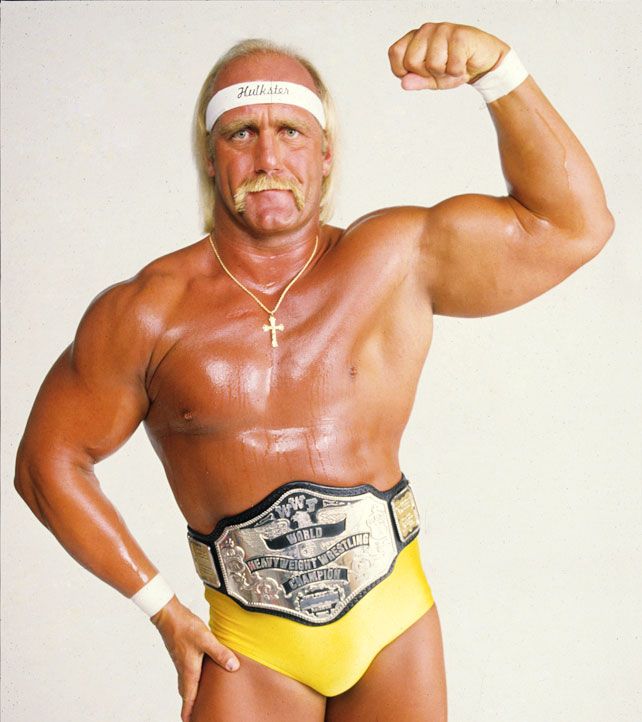
As WWF Champion, Hulk Hogan was positioned as the biggest star in the country and eclipsed NWA Champion Ric Flair. However, it wouldn’t be for another fifteen years before the WWF title lineage would merge with what became of the NWA title.
During the 80s wrestling wars, Ted Turner purchased Crockett Promotions, renamed the company WCW and usurped the NWA Title, rechristening it the WCW World Championship.
In December of 2001, WWF World Champion Steve Austin and WCW World Champion The Rock would both be defeated by Chris Jericho, who would become the Undisputed World Heavyweight Champion. Though the old WCW Big Gold Belt, now called the World Heavyweight Title, would splinter off, it would eventually be reunited by Randy Orton in 2013. In 2016, the WWE established its Universal Heavyweight title, first held by Finn Balor.
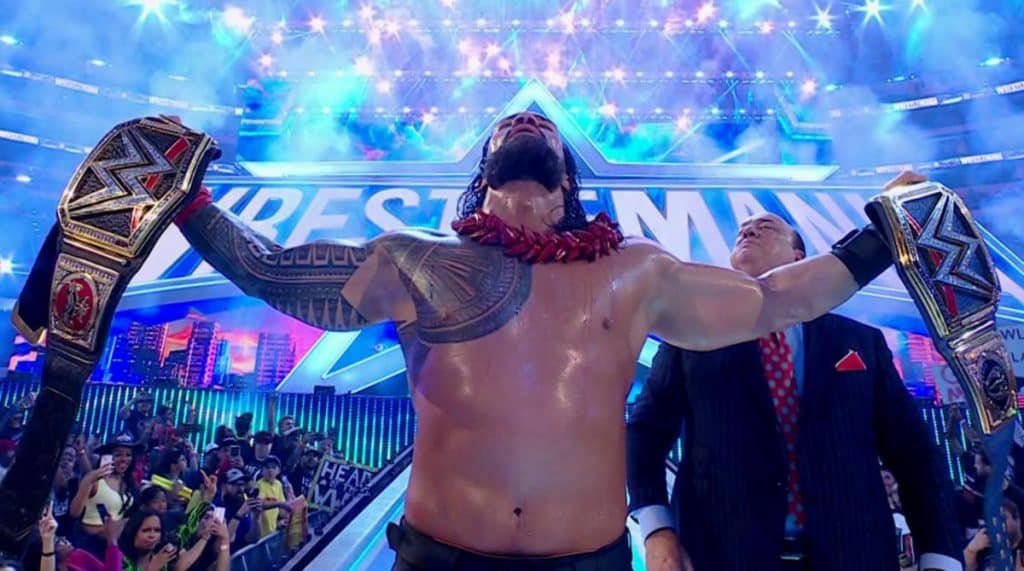
At Wrestlemania 38, Roman Reigns unified the Universal title with the WWE Championship. This cemented the linage with the old WCW World Title, a renamed version of the NWA Title, the same championship that the original WWWF Title branched off.
In one night, Roman Reigns reunited four (possibly five) different World Championships with lineages that arguably stretch back to the first NWA convention in Waterloo, Iowa, in 1948, making him pro wrestling’s true lineal champion.
